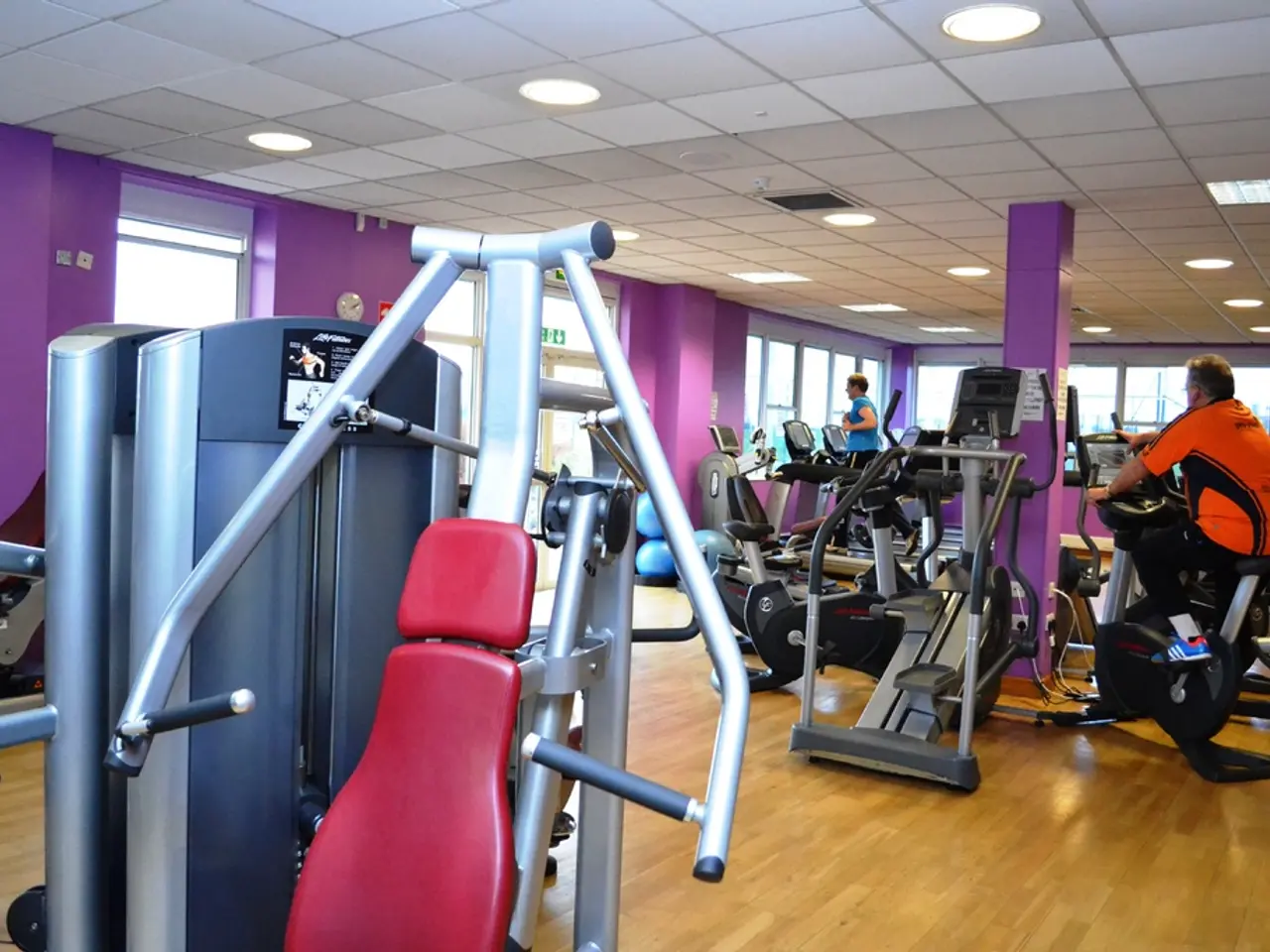space annealing rescue: NASA's successful rehabilitation of JunoCam, a camera housed in the orbit around Jupiter
NASA Successfully Revives JunoCam Camera on Jupiter Mission
NASA engineers have successfully revived the JunoCam, a color visible-light camera on the Juno spacecraft orbiting Jupiter, using a unique method called annealing. This innovative repair technique could potentially extend the life of spacecraft operating in harsh radiation environments.
The Juno spacecraft, launched towards Jupiter in August 2011, was initially designed for a seven-year mission, including a five-year cruise to Jupiter. However, the mission has since been extended. The JunoCam, located outside the spacecraft's titanium radiation vault, is vulnerable to Jupiter's intense radiation fields. Despite being designed to survive about eight orbits, the JunoCam functioned without issues until around its 47th orbit, when image noise and streaks appeared due to radiation damage.
The team diagnosed that radiation damage had affected a voltage regulator in the camera's power supply, causing the image degradation. Since physical repair was impossible given the 370+ million miles distance, NASA engineers attempted annealing: gently heating the camera to 25°C to restore functionality. This heating process healed the silicon defects, reducing image noise and streaks, effectively "healing" the camera.
The annealing procedure was carried out remotely in December 2023, a risky but successful deep-space maneuver. Following the repair, JunoCam regained clear imaging capability, allowing it to capture high-quality photos of Jupiter’s moon Io, including new views of its northern polar region and volcanic activity.
This operation was considered an innovative demonstration of remotely fixing spacecraft instruments exposed to intense radiation, providing valuable insights for future space missions operating in harsh radiation environments. The success of the latest fix on the JunoCam may serve as a blueprint for future spacecraft repairs.
The engineers' efforts to fix other instruments on the Juno spacecraft are ongoing. If successful, this could further extend the life of the spacecraft, allowing it to continue its valuable research and exploration of Jupiter and its moons.
This article was made possible thanks to a tip from Mark Stevens. The original mission of the Juno spacecraft was 7 years, but with the successful repairs to the JunoCam and ongoing efforts to fix other instruments, the spacecraft may continue its mission for even longer.
References: [1] NASA. (2023, December). JunoCam Repair: Annealing in Deep Space. Retrieved from https://www.nasa.gov/feature/junocam-repair-annealing-in-deep-space
[2] Space.com. (2023, December). JunoCam Repaired: How NASA Healed a Camera 370 Million Miles Away. Retrieved from https://www.space.com/junocam-repaired-nasa-healed-camera-370-million-miles-away.html
[3] The Verge. (2023, December). NASA has repaired JunoCam, the camera on the Jupiter spacecraft, from 370 million miles away. Retrieved from https://www.theverge.com/2023/12/1/22123924/nasa-juno-camera-jupiter-annealing-repair-remote
[4] Ars Technica. (2023, December). NASA fixes JunoCam by heating it to 77 degrees Fahrenheit. Retrieved from https://arstechnica.com/science/2023/12/nasa-fixes-junocam-by-heating-it-to-77-degrees-fahrenheit/
- The successful annealing of the JunoCam could potentially open doors for health-and-wellness in space missions, as such innovative repair techniques may aid in preserving the life and functionality of equipment in extreme environments.
- With the revival of the JunoCam through space-and-astronomy technology, such as annealing, we can anticipate that technology will play a crucial role in furthering our understanding of health-and-wellness on other planets, as well as in making advancements in wellness for future space travelers.




